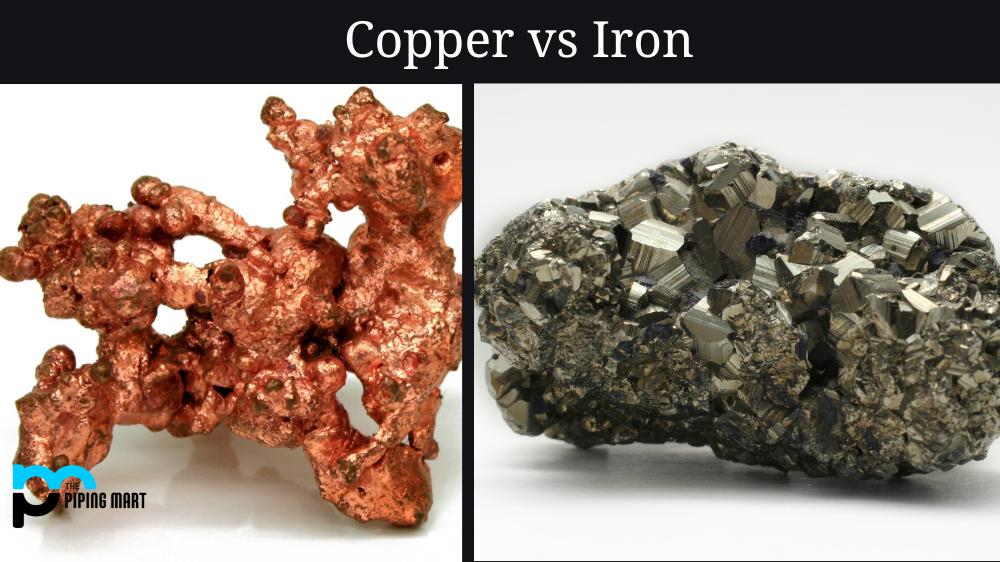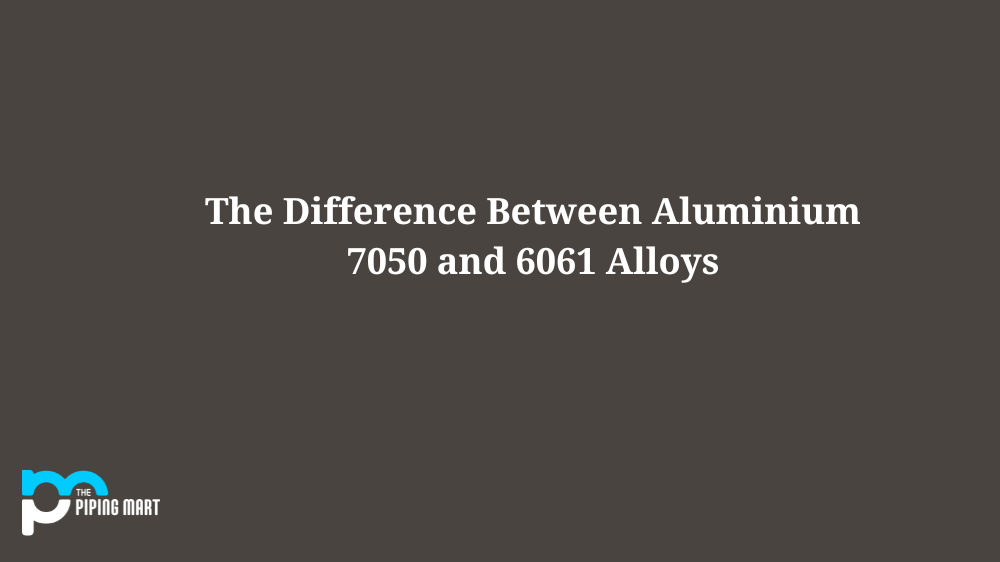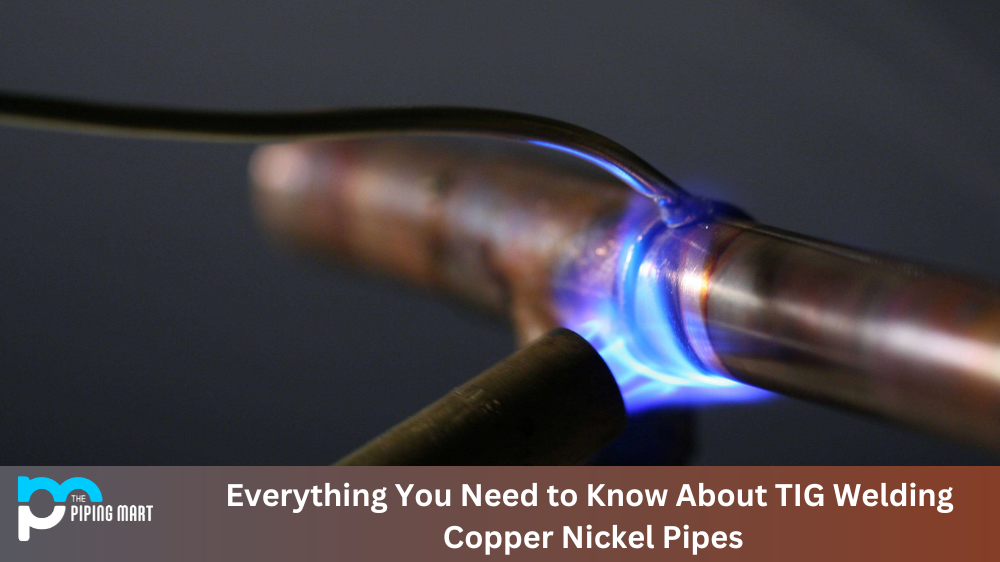Steel is one of the most popular materials in the world due to its durability and strength properties. However, there are several types of steel, each with unique characteristics. Two of the most commonly used steels in many industries are 1040 steel and mild steel. This article will explore the differences between 1040 and mild steel and determine which is better suited for specific applications.
Difference Between 1040 Steel and Mild Steel
Composition
1040 steel is carbon-based medium-carbon steel, which contains an average of 0.40% carbon by weight. It also contains small amounts of other elements, including manganese, phosphorus, and sulfur. The combination of these elements makes 1040 steel strong, durable, and resistant to wear and tear. On the other hand, mild steel is low-carbon steel, which contains an average of 0.05% to 0.25% carbon by weight. Mild steel is highly malleable, ductile, and easy to weld.
Strength
One of the most significant differences between 1040 steel and mild steel is their strength. 1040 steel is a high-strength alloy ideal for applications requiring strength and rigidity, such as machine parts, crankshafts, and axles. In contrast, mild steel is less strong and less rigid than 1040 steel, making it perfect for applications that require flexibility and easy formability, such as automobile parts, sheet metal work, and low-stress structural components.
Welding
Another critical difference between 1040 steel vs mild steel is their welding properties. Welding 1040 steel requires a more extensive preheat, as it has a higher carbon content, making it more susceptible to cracking during welding. Since mild steel is easier to weld and form, it is preferred in applications where welding is essential, such as construction, shipbuilding, and automotive industries.
Cost
The cost of the material is an essential aspect to consider when choosing between 1040 steel vs mild steel. Mild steel is generally cheaper than 1040 steel, making it an accessible option for many small industries and start-ups. However, 1040 steel is more durable and wear-resistant than mild steel, making it cost-effective in the long run, especially in high-stress applications, where frequent replacement costs become significant.
Conclusion
In conclusion, both 1040 steel and mild steel have unique properties and strengths, which make them suitable for specific applications. While 1040 steel is more rigid, durable, and wear-resistant, mild steel is more malleable, ductile, and cost-efficient. The choice between 1040 steel vs mild steel ultimately depends on the specific application’s requirements, considering factors such as strength, weldability, cost, and durability. Understanding these differences will help you make an informed decision and choose the right steel for your application.
Meet Heer, a dynamic and driven writer learning tricks of her trade in the metal industry. With a background in Digital Marketing, Heer brings a unique perspective to her writing, sharing valuable insights. Apart from blogging she like reading and hiking.




